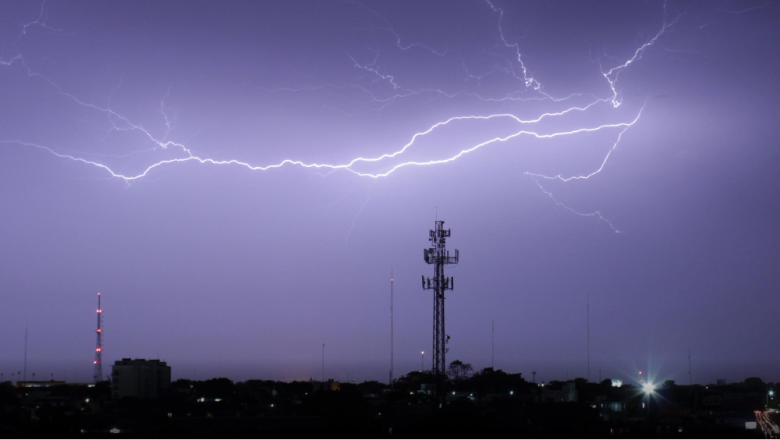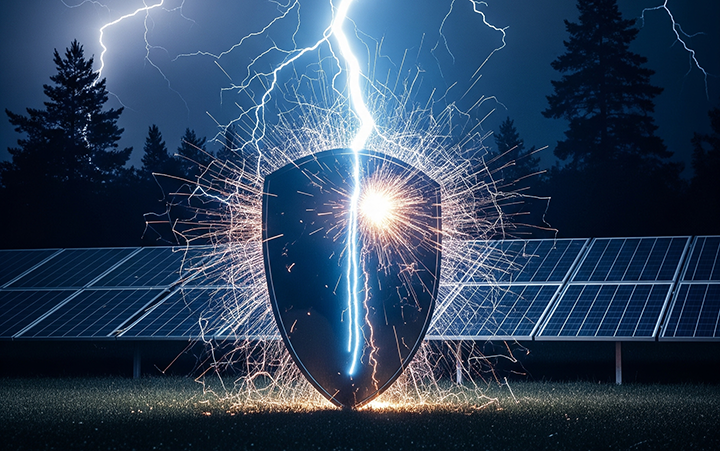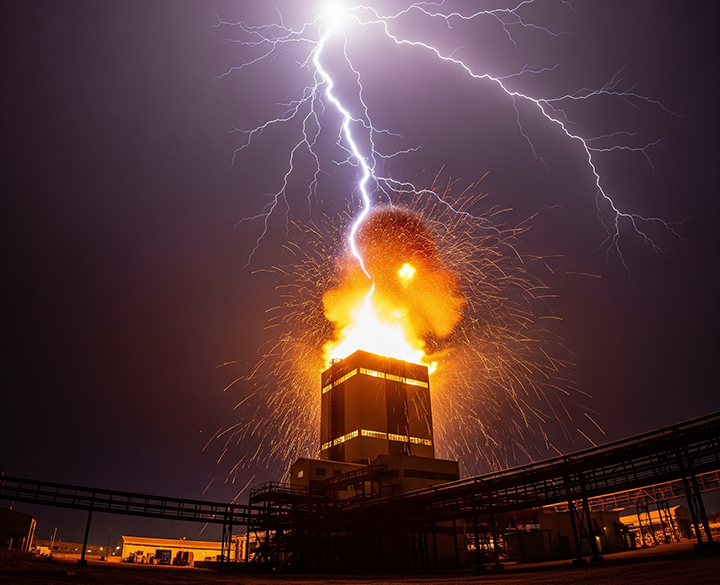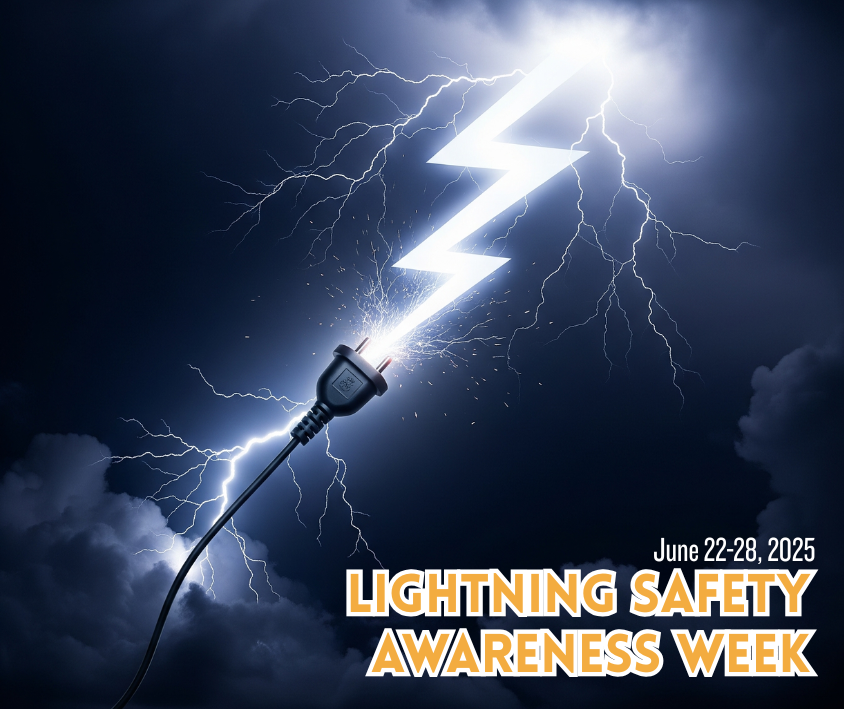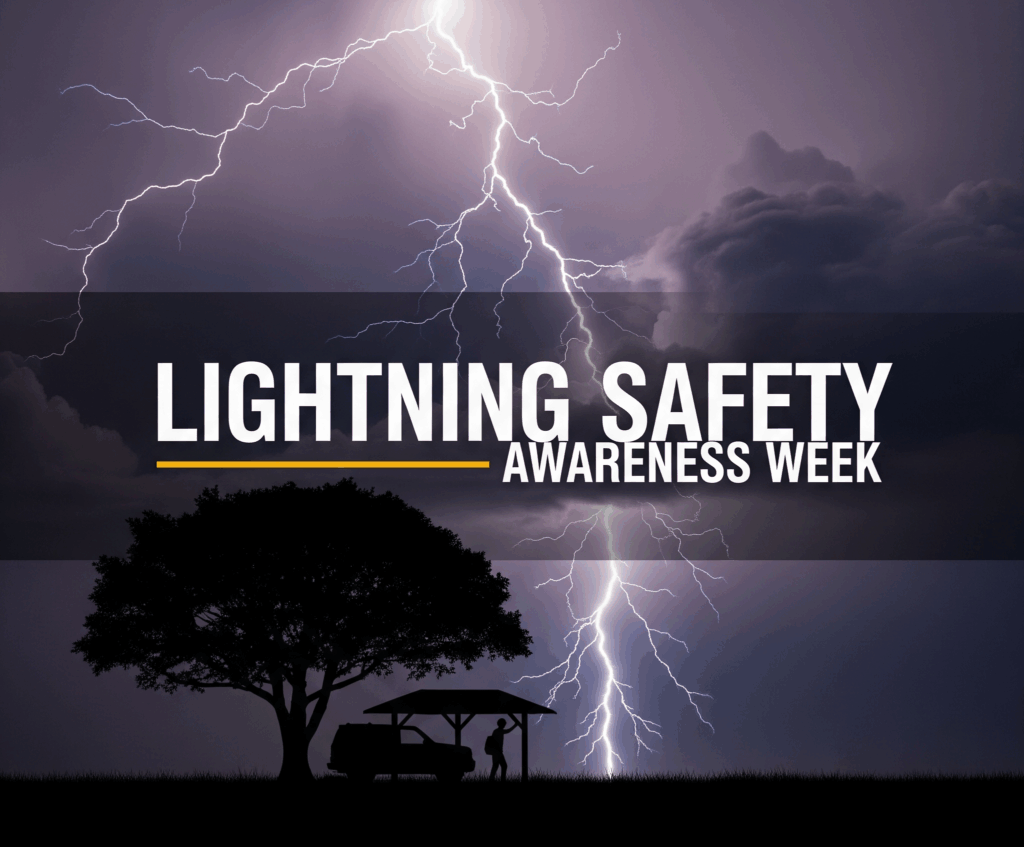In today’s interconnected world, the smooth functioning of critical infrastructure is paramount. Power grids, telecommunication networks, and transportation systems form the backbone of our society, enabling essential services and powering our daily lives. Yet, these vital systems face an escalating threat: lightning strikes. As climate change intensifies, the frequency and severity of these strikes are on the rise, posing a serious lightning risk assessment to the reliability and resilience of critical infrastructure.
The consequences of lightning-induced disruptions can be far-reaching and costly. Power outages can cripple entire communities, telecommunication failures can disrupt essential services and emergency communications, and transportation disruptions can impede the movement of people and goods. In an era where our reliance on these systems is only growing, protecting them from lightning strikes is more important than ever.
Traditional lightning protection methods, often based on static models and historical data, are struggling to keep pace with the evolving risk landscape. They fail to account for the dynamic nature of lightning storms and the complex vulnerabilities of modern infrastructure. This is where AI-powered lightning risk management comes into play.
By leveraging real-time data and sophisticated algorithms, AI-driven solutions provide a more nuanced and accurate understanding of lightning risk. They can identify areas of heightened vulnerability, predict potential strike locations, and even anticipate the impact of a strike on specific components of the infrastructure. This enables proactive decision-making, allowing operators to implement targeted protection measures and minimize disruptions.
Industry-Specific Applications
Power Grids
For power grids, AI can help optimize the placement of lightning protection devices, identify weaknesses in the system, and anticipate potential cascading failures. This can help prevent widespread outages and ensure the continued flow of electricity to homes and businesses.
Telecommunications
In telecommunication networks, AI can play a crucial role in safeguarding sensitive equipment and maintaining connectivity. By identifying high-risk areas and predicting potential strike paths, operators can take steps to protect vital components and ensure uninterrupted communication services.
Transportation
Transportation systems, too, can benefit from AI-powered lightning risk management. By integrating real-time weather data and lightning detection systems, AI can help guide the safe operation of trains, planes, and other vehicles during thunderstorms. It can also aid in the design and maintenance of infrastructure, ensuring that it is resilient to lightning strikes.
Future Outlook for AI-Driven Lightning Risk Solutions
The application of AI in lightning risk management is still in its early stages, but the potential benefits are enormous. As technology continues to advance, we can expect to see even more sophisticated solutions that enable us to better protect our critical infrastructure from the growing threat of lightning strikes.
At Skytree Scientific, we are committed to harnessing the power of AI to create a safer, more resilient future. Our platform empowers engineers and organizations with the tools they need to proactively manage lightning risk and ensure the uninterrupted operation of the critical infrastructure that underpins our society. In a world where climate change is driving increased lightning activity, we believe that AI-driven solutions are essential for building a more resilient future.

